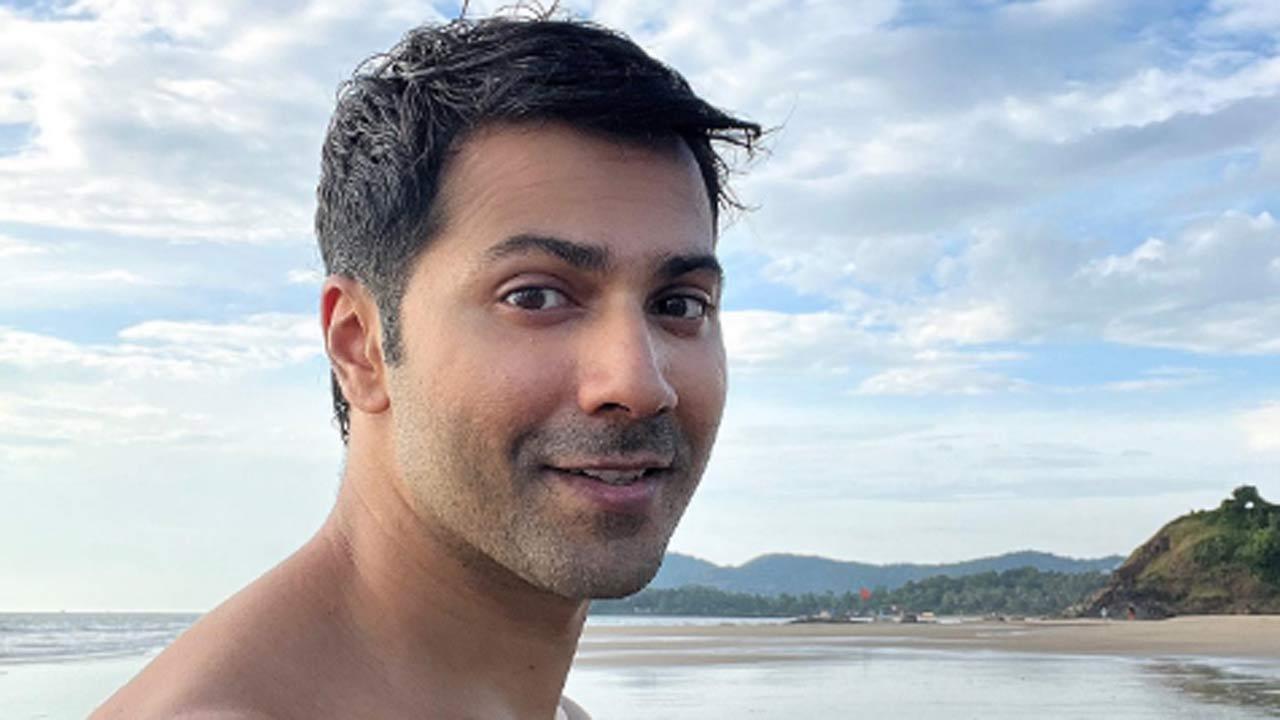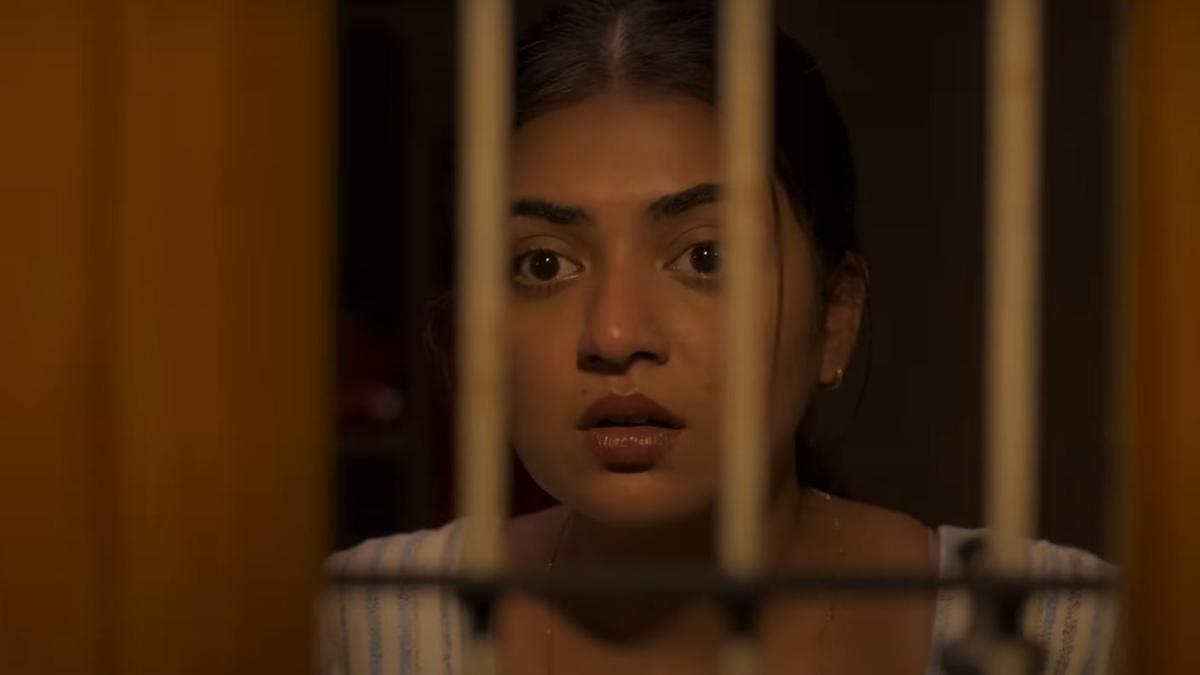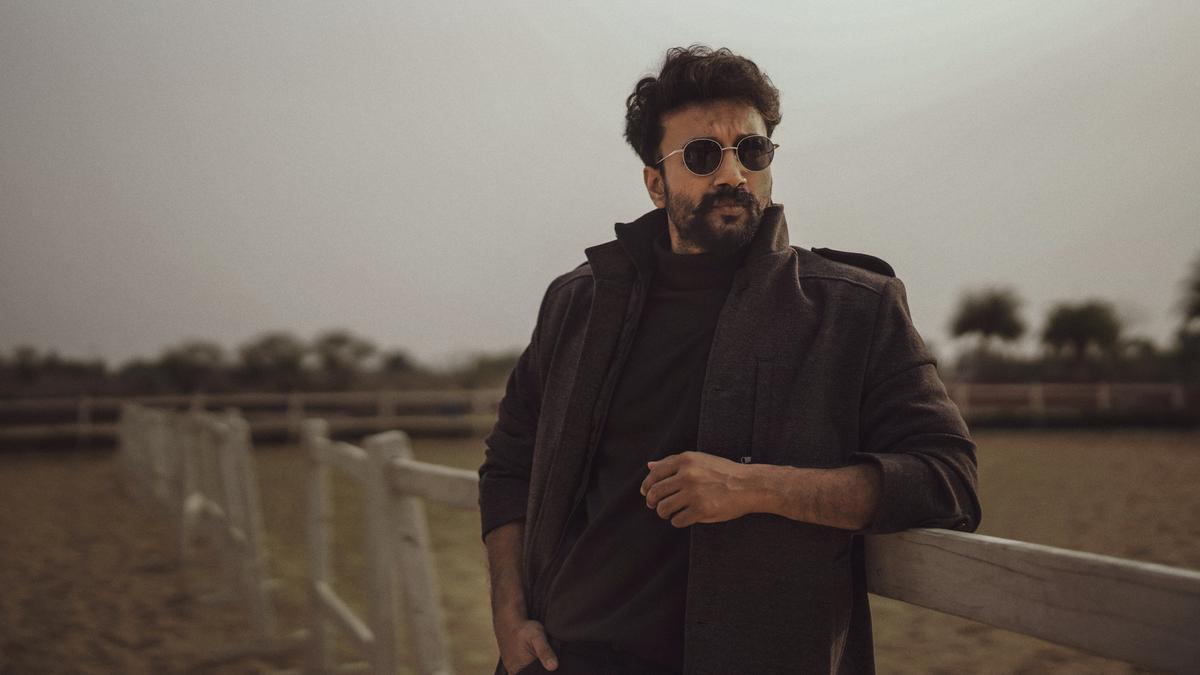
Team India’s ambitions to chase down a 241-run target in the second One Day International (ODI) against Sri Lanka were thwarted, resulting in a disappointing 32-run loss. The match, held at Colombo, saw Jeffrey Vandersay emerging as the unexpected star for Sri Lanka, as his spectacular performance with the ball dismantled the Indian batting lineup. Vandersay’s impressive figures of six wickets for just 33 runs paved the way for India’s downfall from a promising 97/0 to a disheartening 208 all-out. This defeat handed Sri Lanka a 1-0 lead in the three-match ODI series and, more significantly, marked the end of an 18-year unbeaten streak for India against Sri Lanka in ODIs.
Cricket fans and analysts had anticipated a relatively straightforward chase for India, given their strong start. Openers held the fort well initially, making it seem like a win was well within reach. However, the middle order crumbled spectacularly under Vandersay’s relentless bowling. The Indian batsmen found no answers to his tight lines and variations, leading to a succession of quick wickets. This collapse not only thwarted India’s chances of winning the match but also dashed their hopes of continuing their unblemished record against Sri Lanka in ODIs that had persisted since 2006.
Amidst this team setback, KL Rahul faced a personal blow as well. Batting at number seven, Rahul was clean bowled by Vandersay for a second-ball duck. This dismissal ended his impressive streak of 52 consecutive ODI innings without a duck. The last time Rahul was dismissed for a duck in this format was during the World Cup on July 2, 2019, against England. Rahul’s streak holds the 12th position on the list of most consecutive innings without a duck for India, with the legendary Rahul Dravid holding the top spot on that list. Moreover, among current Indian cricketers, Rahul’s now-ended streak was the longest, surpassing notable names like Rohit Sharma and Virat Kohli who didn’t even feature on the tally.
Adding to his woes, Rahul’s current form leaves much to be desired. Having scored only 31 runs in two matches of the ongoing series against Sri Lanka, his position in the ODI team is under scrutiny.
. With his exclusion from the Test and T20I squads, and Rishabh Pant eagerly waiting in the wings, it becomes imperative for Rahul to perform in the final match of the series to secure his place in the team.
The upcoming third and final ODI holds significant importance for both teams. Scheduled for August 7, India will strive to level the series and avoid their first-ever ODI series loss to Sri Lanka since 2006. Conversely, Sri Lanka, buoyed by their recent success, will be aiming for their first ODI series triumph against India since 1997. For the home team, this scenario presents a golden opportunity to break another long-standing record and reinstate their dominance in the format.
Reflecting on the broader picture, the series thus far has proven to be a test of resilience and adaptability for the Indian cricket team. The dynamics of international cricket are often unpredictable, and India’s singular dominance, especially against a historically less formidable side like Sri Lanka, faces occasional interruptions. Yesterday’s match serves as a reminder that no side is unbeatable, and elements like pitch conditions, individual brilliance, and strategy can significantly influence outcomes.
Analysts and fans alike have speculated on the factors contributing to India’s underwhelming performance. The sudden batting collapse underscores potential deficiencies in handling pressure situations and middle-order robustness. Conversely, praise has been showered on Vandersay for capitalizing on the conditions and executing his deliveries to perfection.
While India has little time to lament over the missed opportunity in the second ODI, immediate focus must shift to rectifying mistakes and strategizing effectively for the final showdown. The top-order batsmen need to convert starts into significant scores, the middle order must find stability, and bowlers must continue their disciplined performances. Fielding, as always, will play a pivotal role in reducing opposition run-flow and creating crucial breakthroughs.
As anticipation builds, cricket enthusiasts worldwide will be keenly observing whether India can bounce back and finish the series on a high note or if Sri Lanka will script a historic series win on their home turf. One thing is certain – the final ODI promises to be an exciting contest filled with high stakes, intense competition, and compelling cricketing action.










